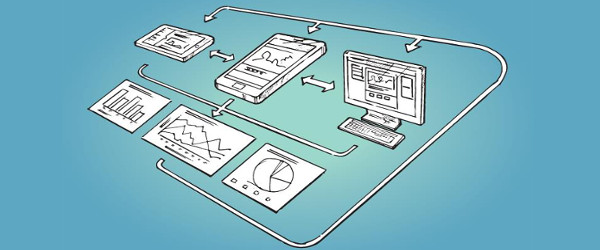
The last decade has seen an unprecedented platform explosion as the internet and mobile worlds came of age. It was no longer acceptable to have just a bricks-and-mortar presence – companies were expected to deliver via websites, mobiles and more recently tablets. And now along with a new buzzword, we have a new phase: omnichannel.
This has nothing to do with theology, does it?
Companies would probably enjoy more omniscience and omnipresence (knowing everything and being everywhere, respectively), but omnichannel is all that’s likely to be achieved in the near future. As Wikipedia will tell you, "omni" is a Latin prefix for all, or every, so omnichannel literally means "all channels".
But I’m already on all channels. Mobile, web, tablet. We’ve even got a Facebook page!
The trick here is not merely being present on all channels, but integrating them. As Simon Black, chief executive of Sage Pay explains, it means ordering a shirt online and collecting it from a shop nearby that is normally only supposed to stock food. In marketing speak, it’s about a "seamless consumer experience", meaning however your customer interacts with your business, they will be able to reach other parts with a minimum of fuss.
Sounds very convenient, at least for the customer.
Sure does. In "The Payments Landscape 2014", a report published by Sage Pay, they found 53% of customers liked to browse on one platform and buy in another, but only 37% of businesses had integrated their channels in the real and virtual worlds. Customers want to be able to buy products online and return them in-store, or browse in-store and buy online. The latter is relatively easy from the companies’ point of view, the former not so much.
Ok, so how do we do this?
In short: shared backend. Customers for omnichannel businesses will have profiles that can be accessed in store and online, allowing them to manage orders between various parts of the business. Mark McKenzie, head of e-business at GuitarGuitar, says: "Everything we do in store is tied directly to online and vice versa. It has more to do with backend, so reconciliation. Everything becomes centralised."
What if our systems are fragmented? Won’t this cost a bunch to implement?
In the short term it could well be costly, but the potential for long-term profits and ease of use for both yourself and your customers more than make up for it. While omnichannel may seem like a luxury for businesses today, in a few years time it will become standard.






